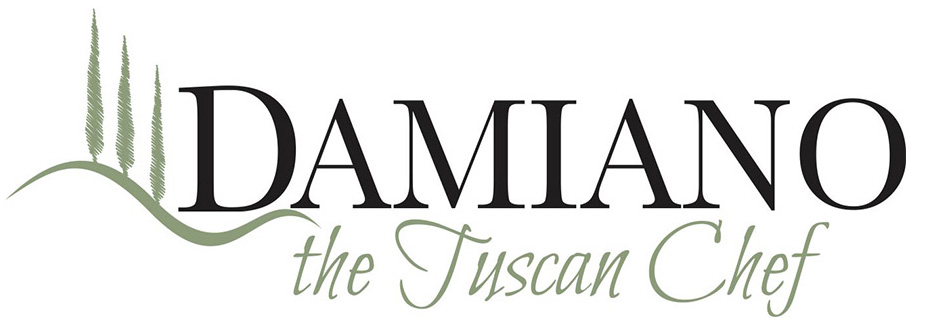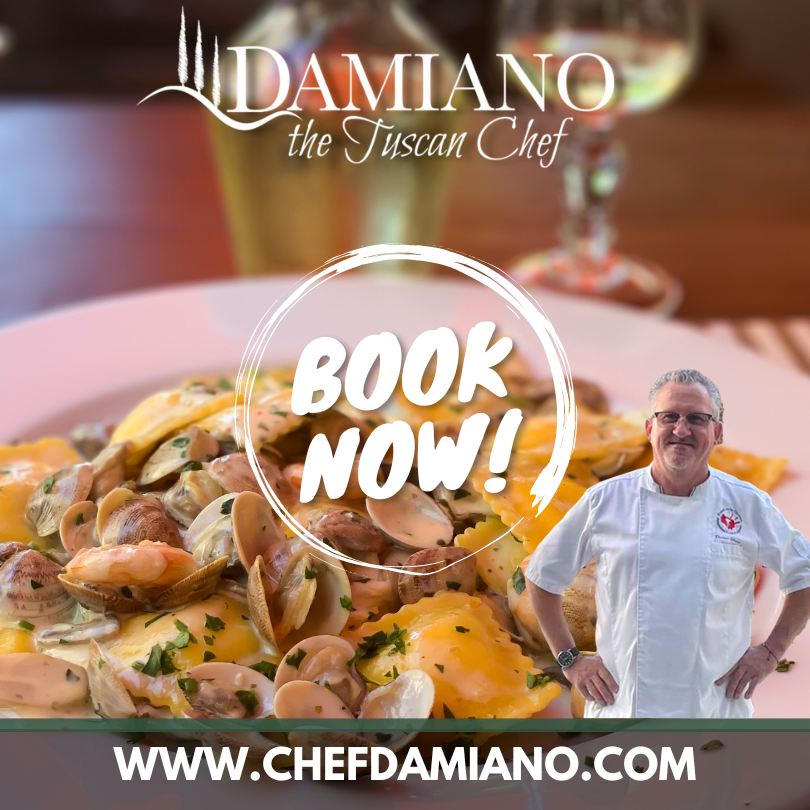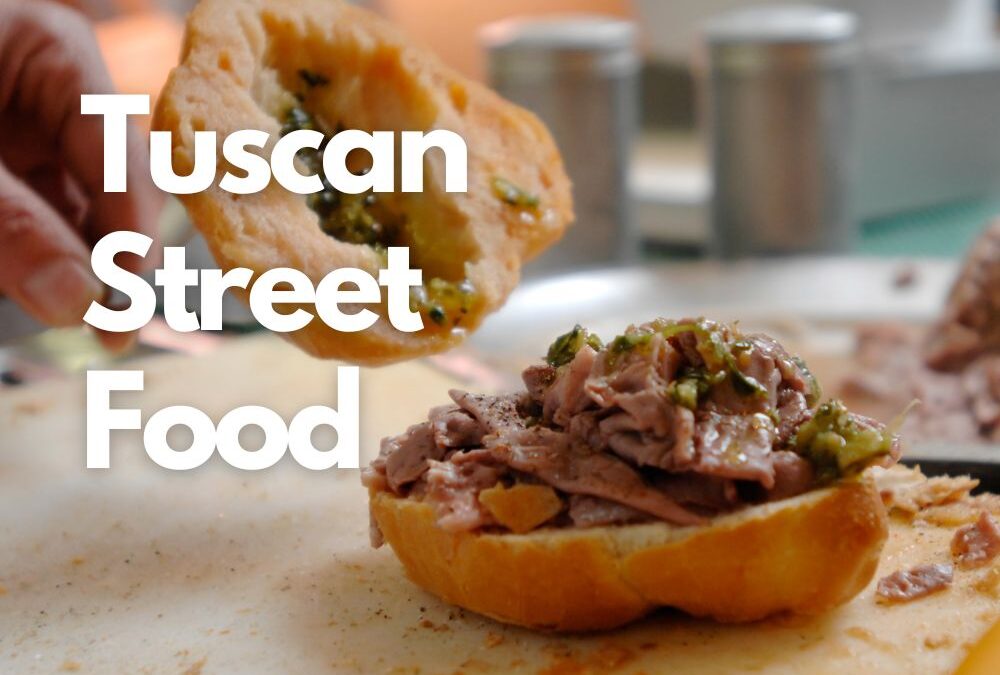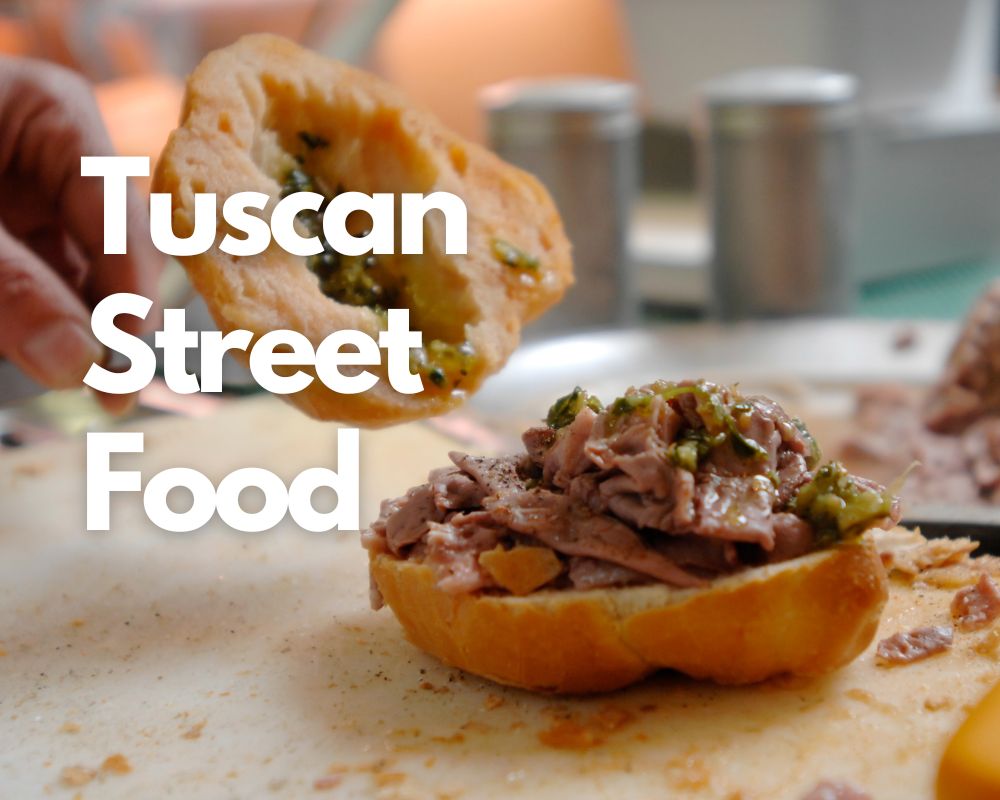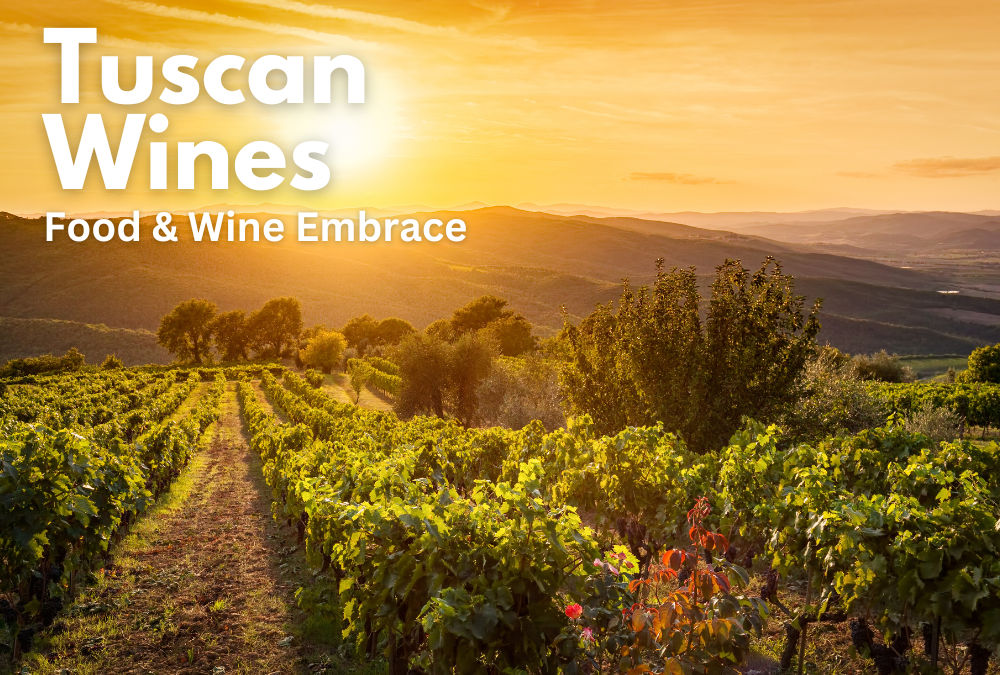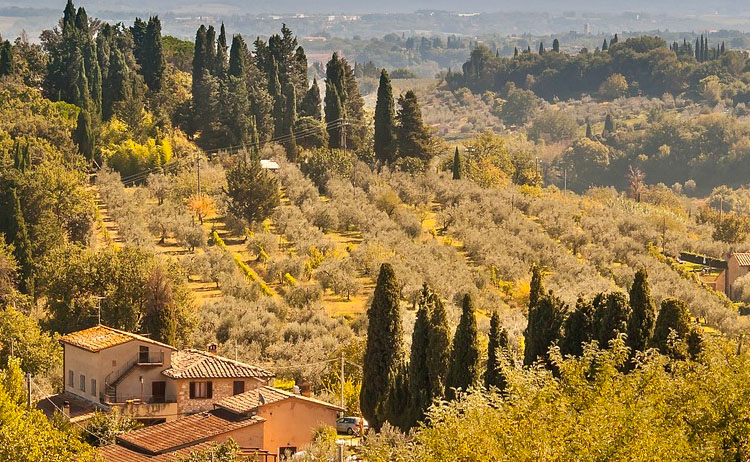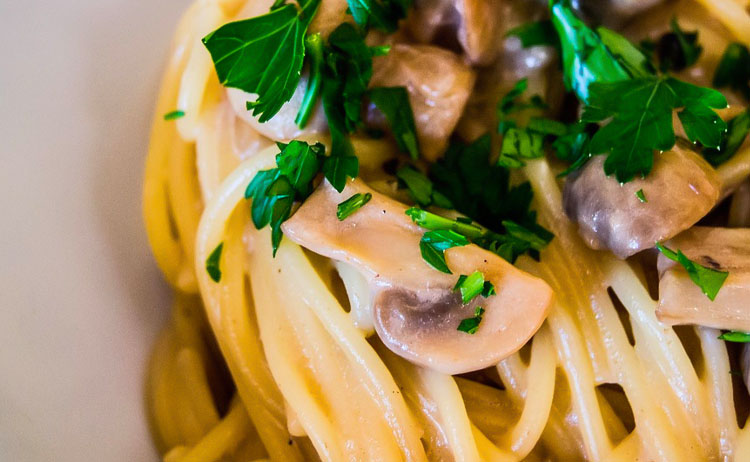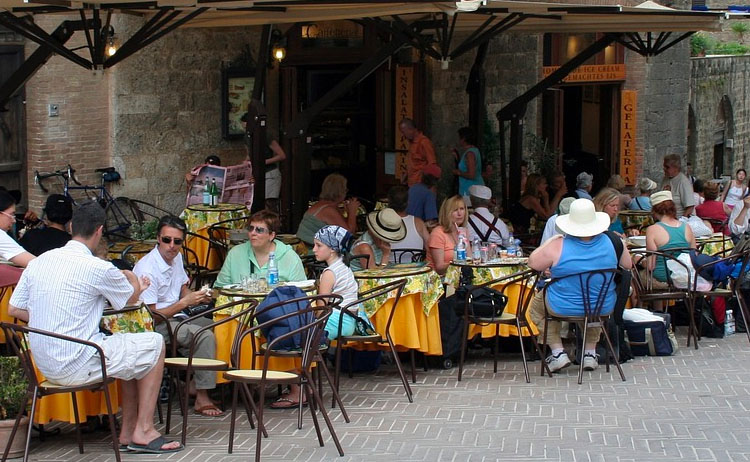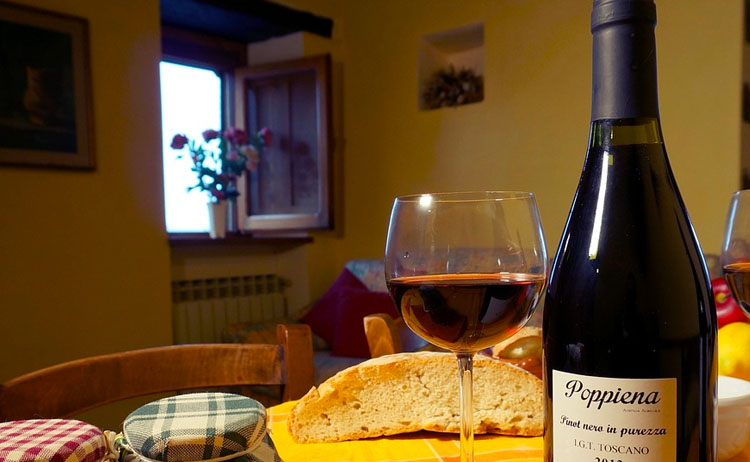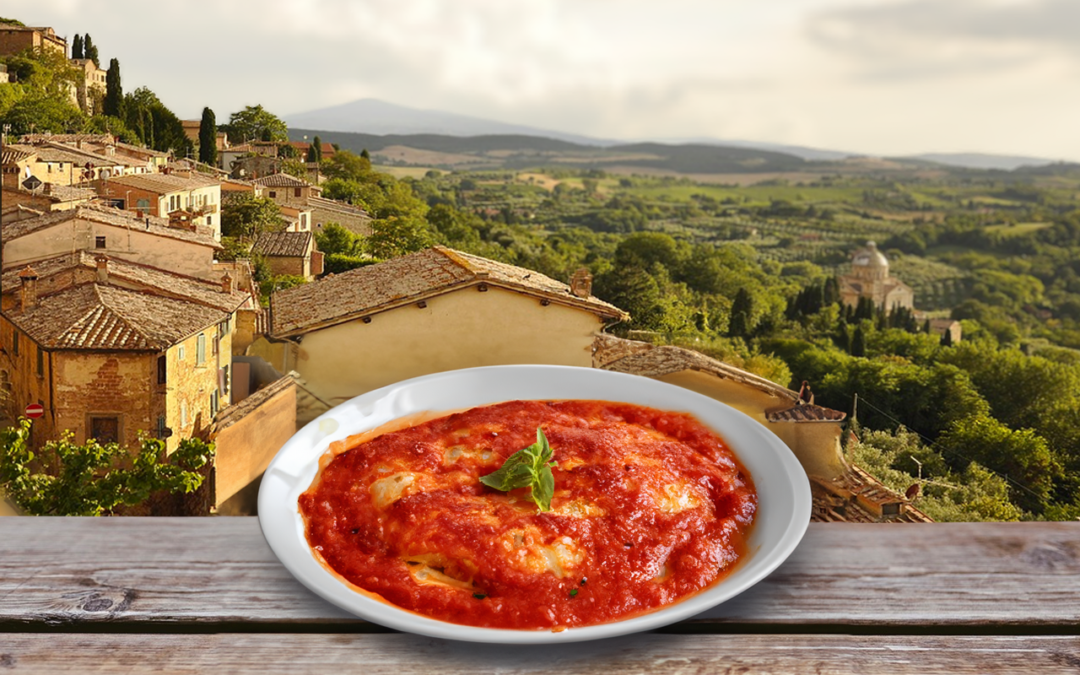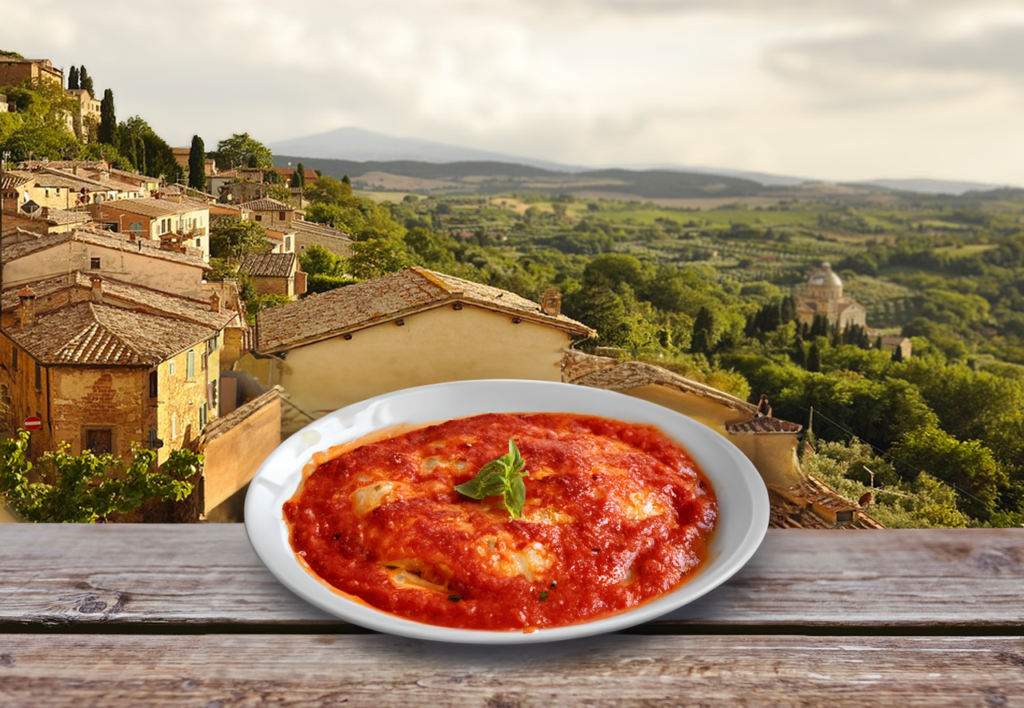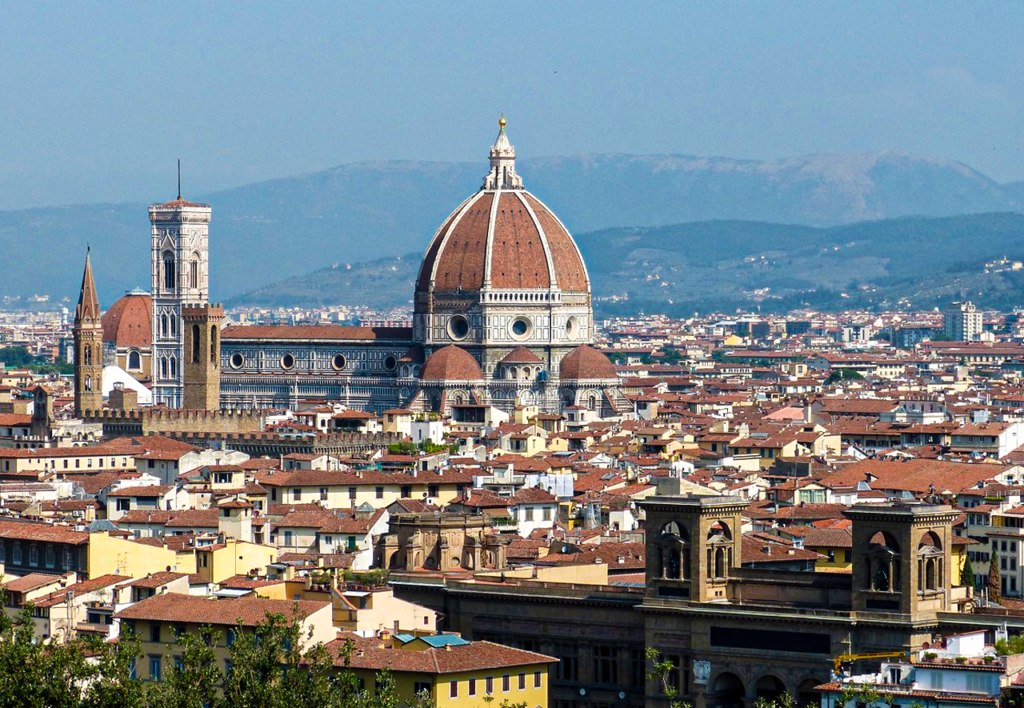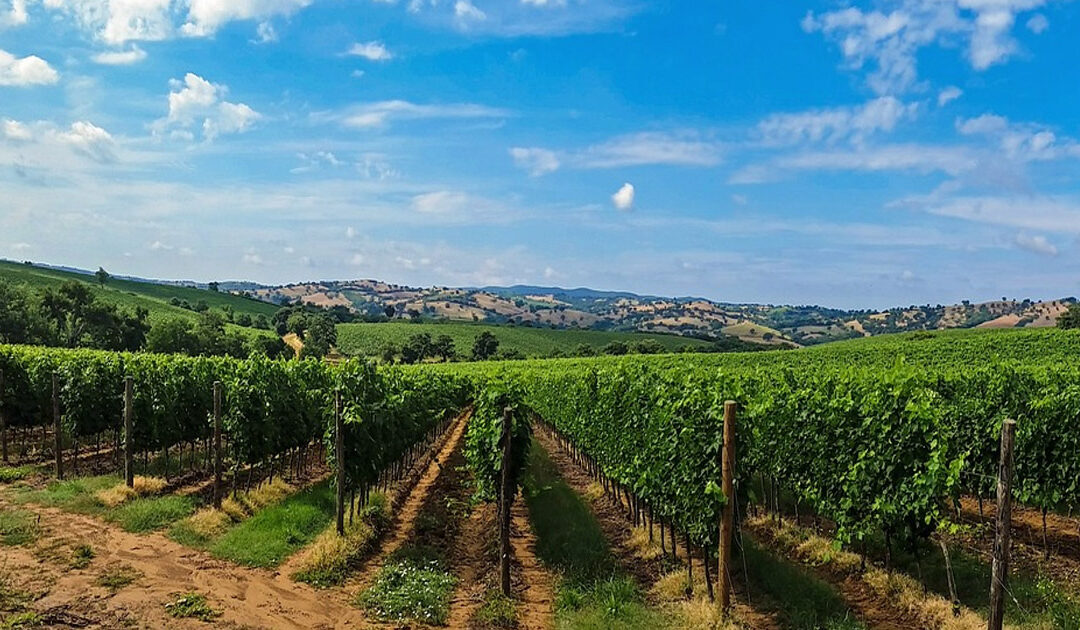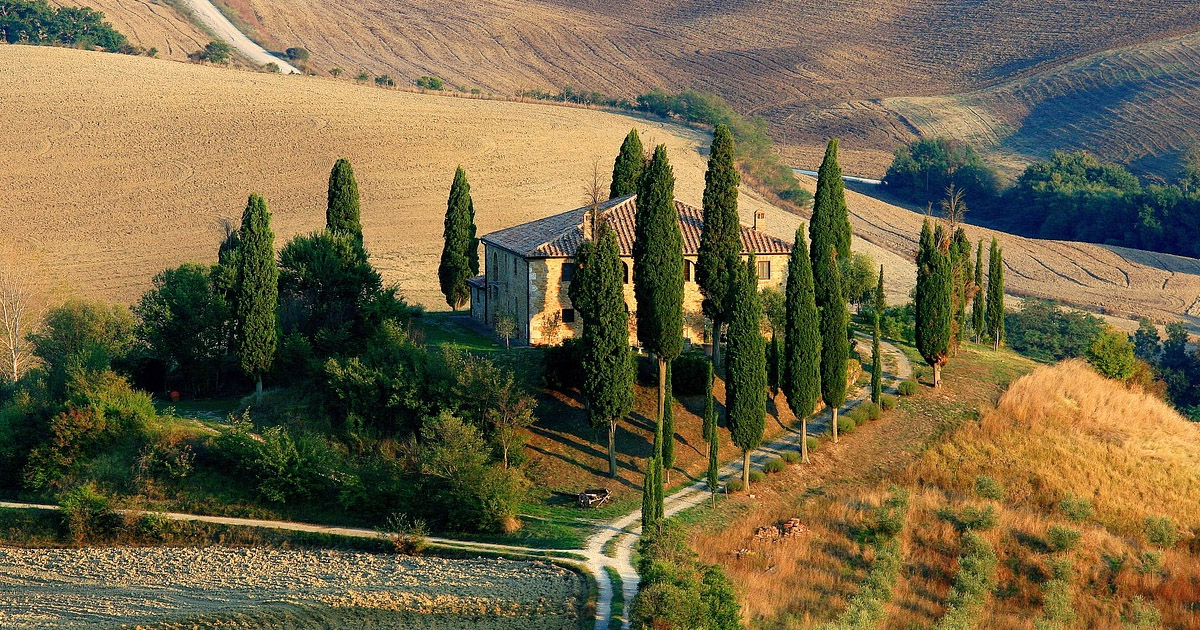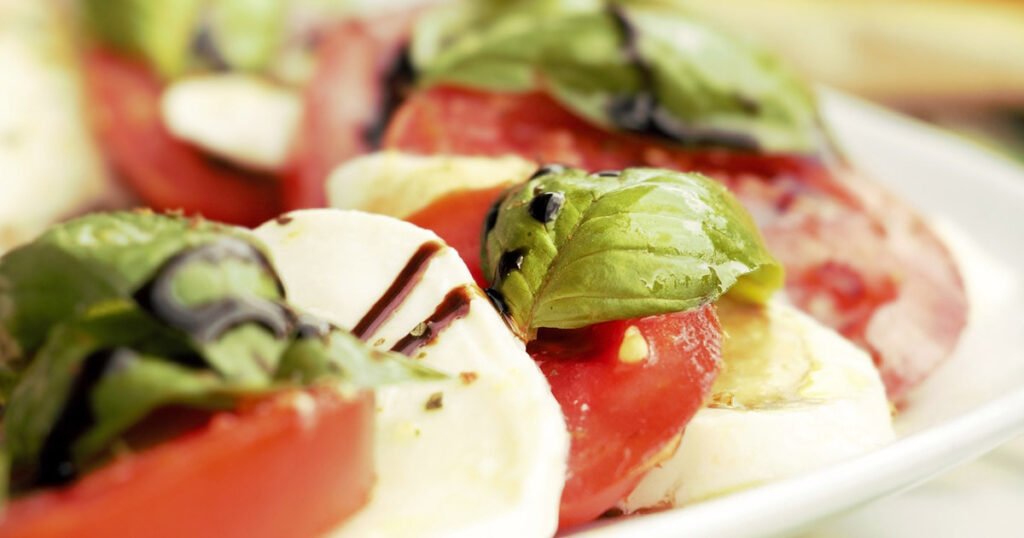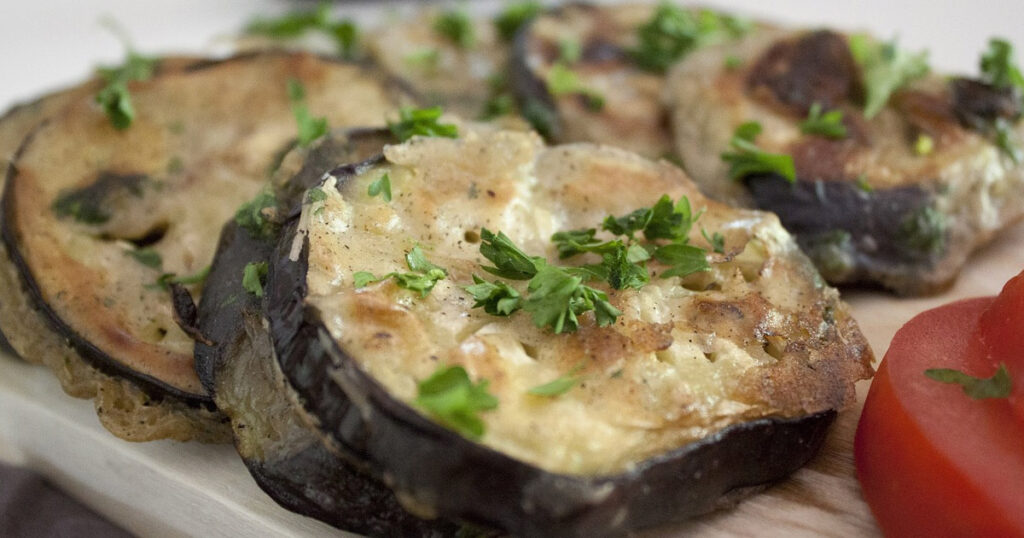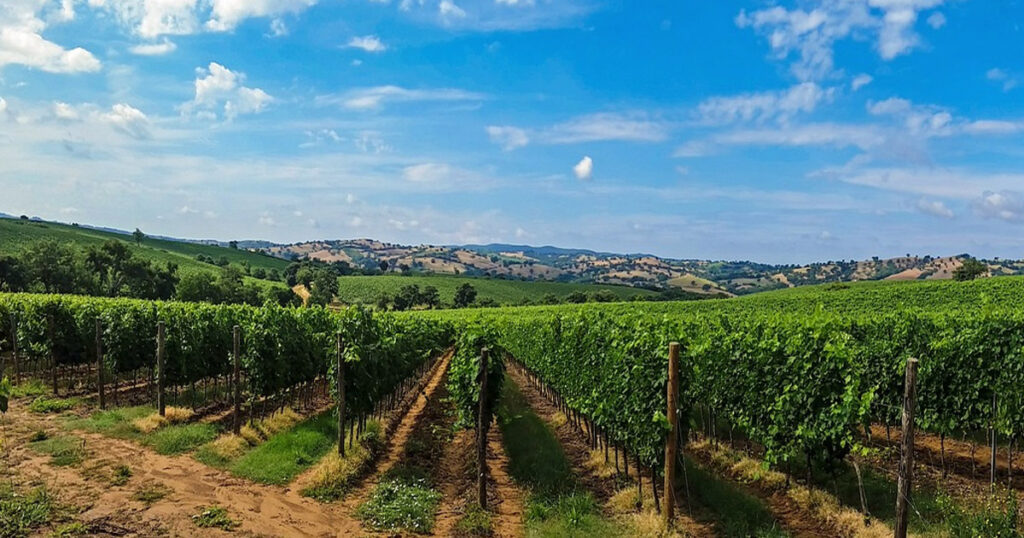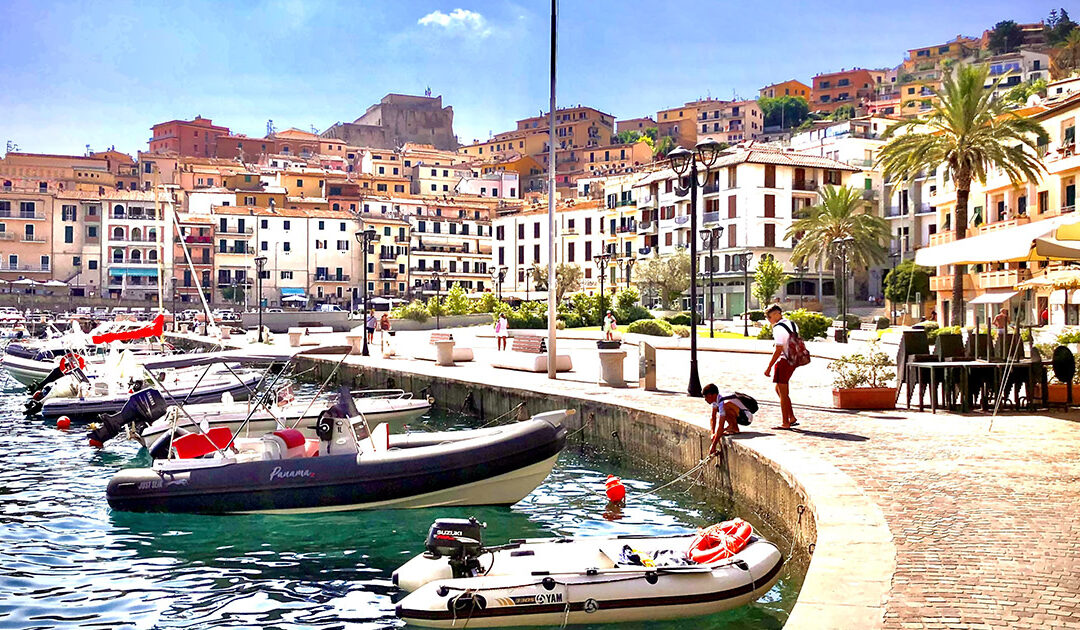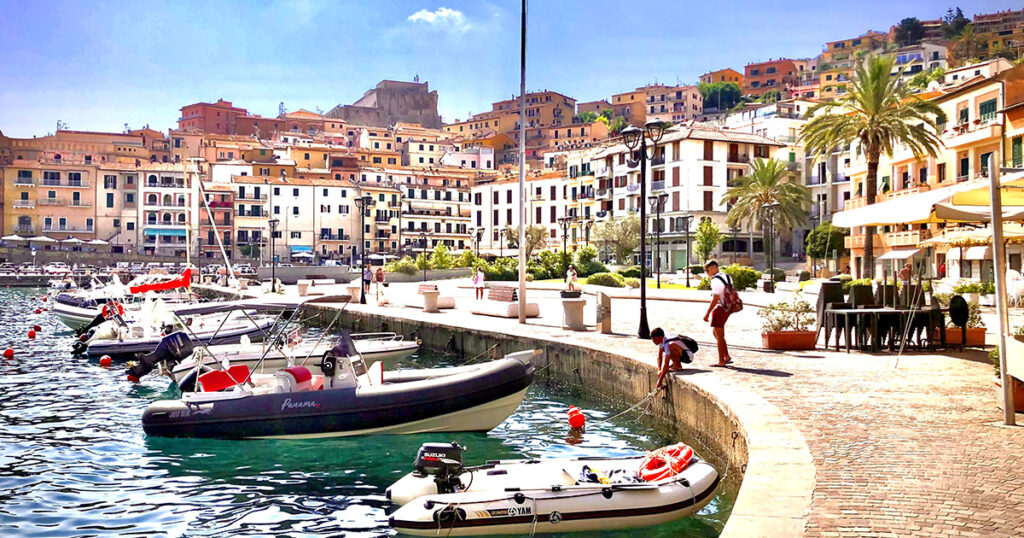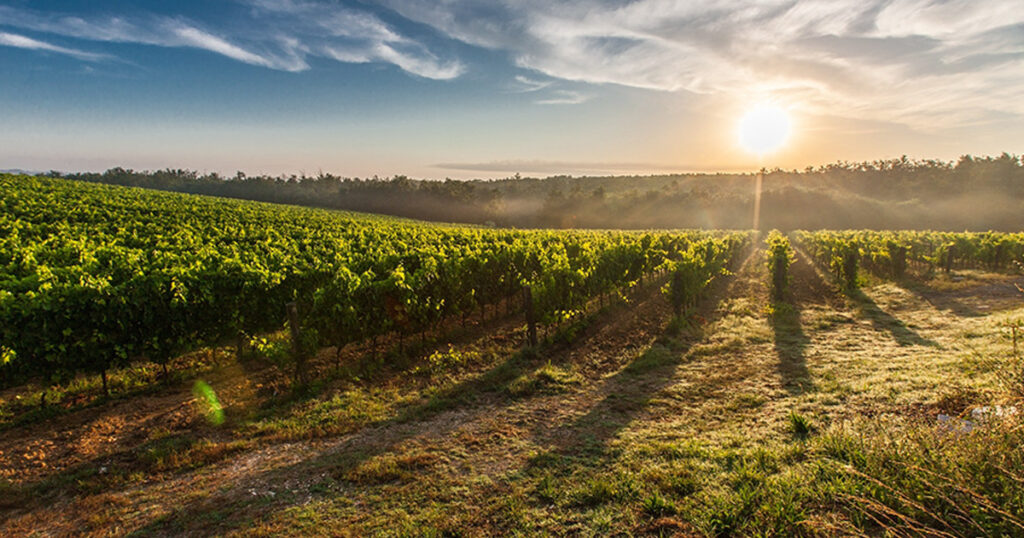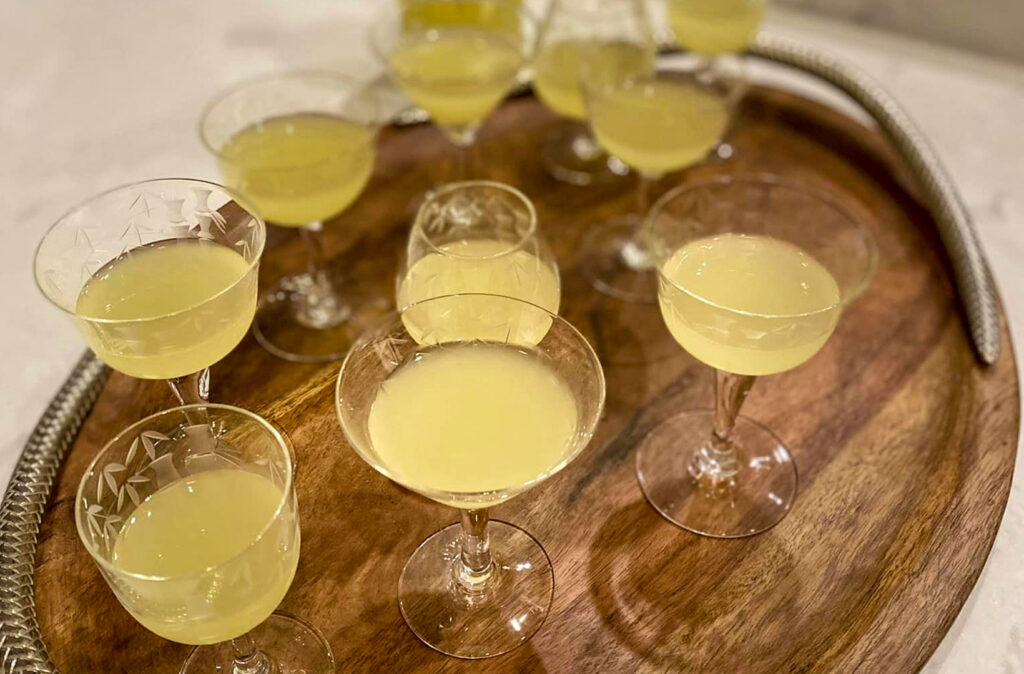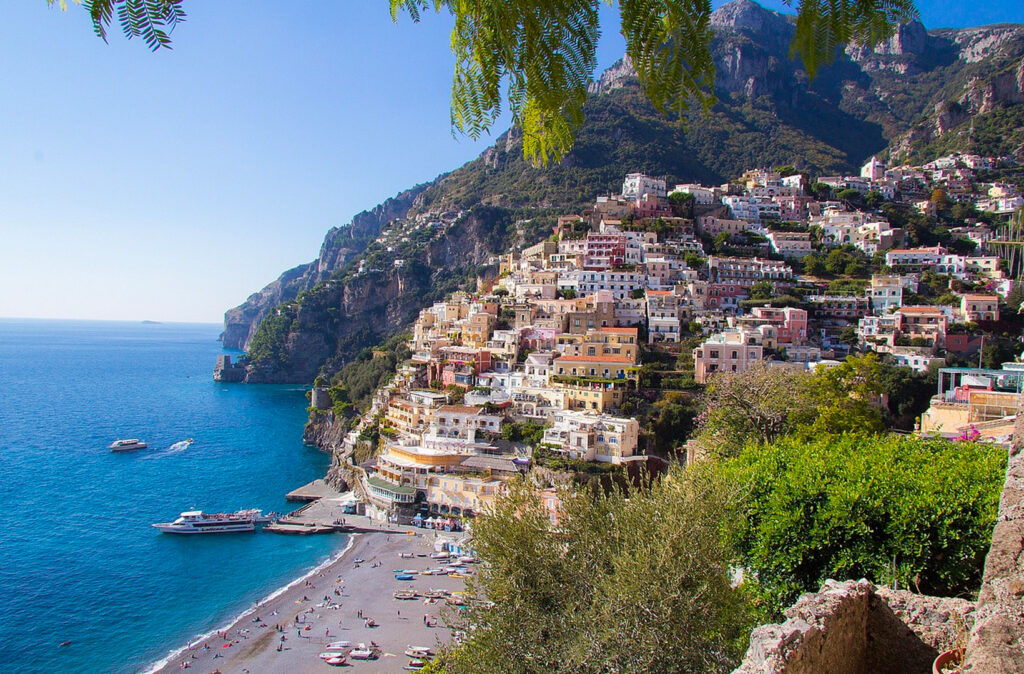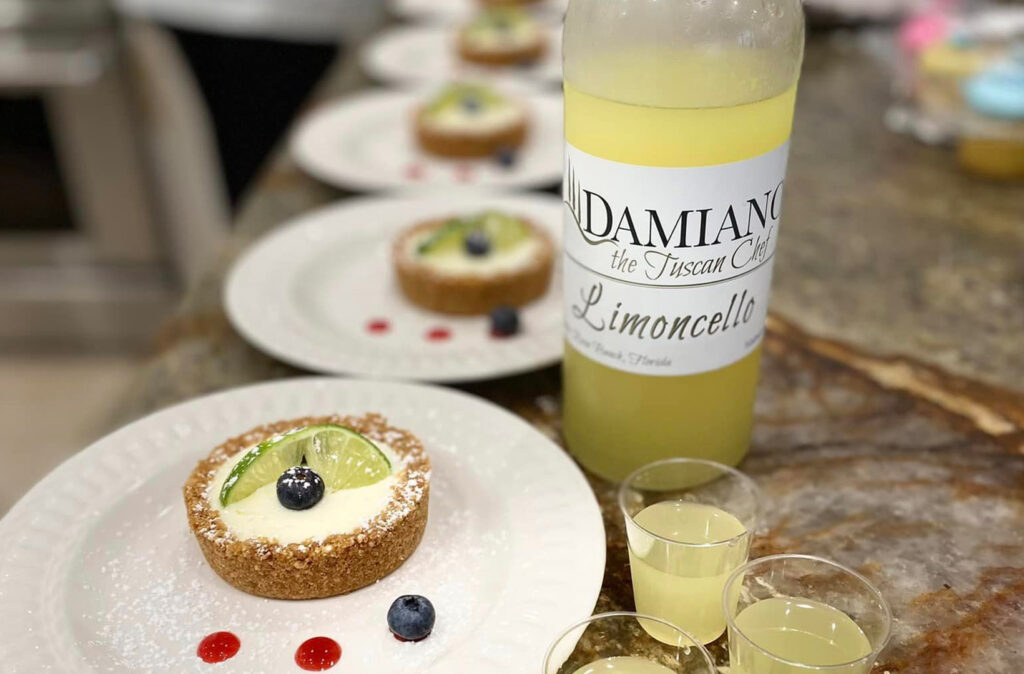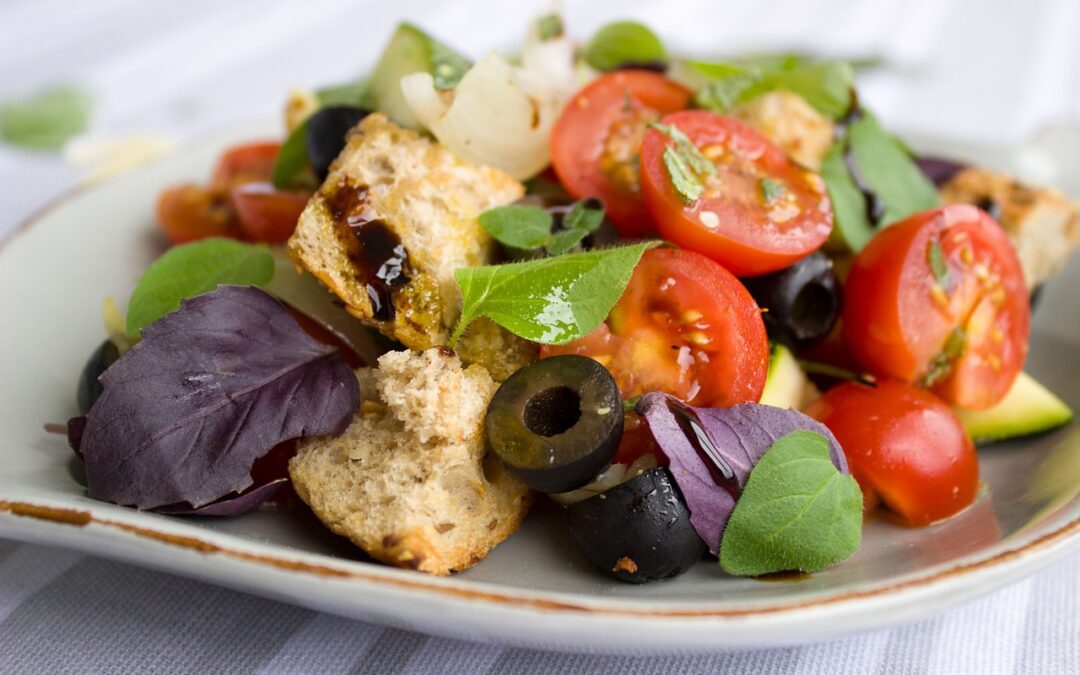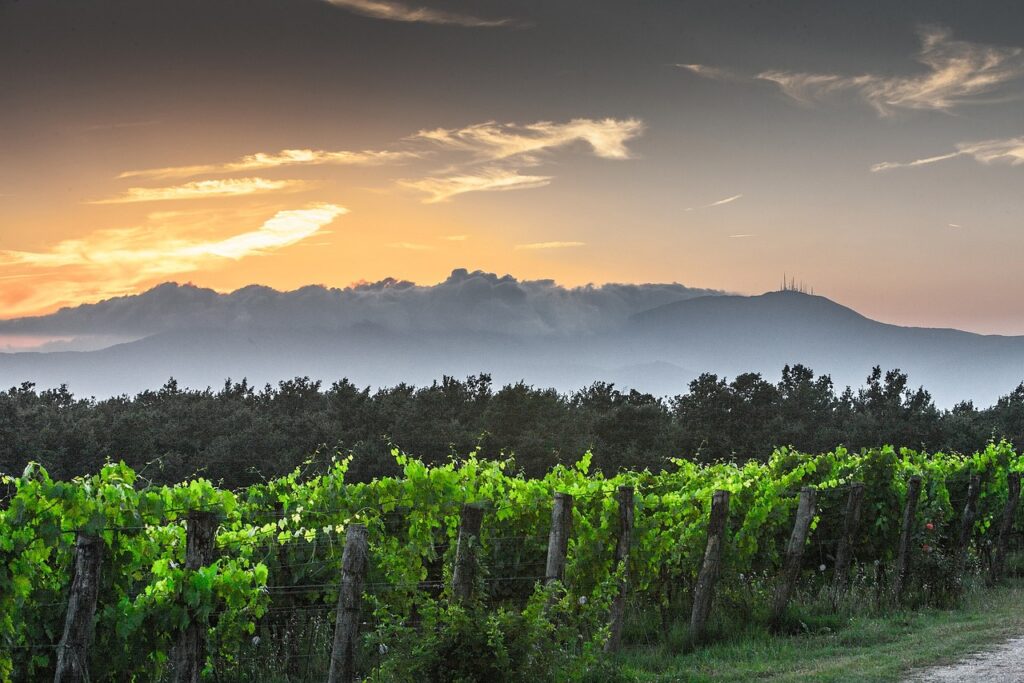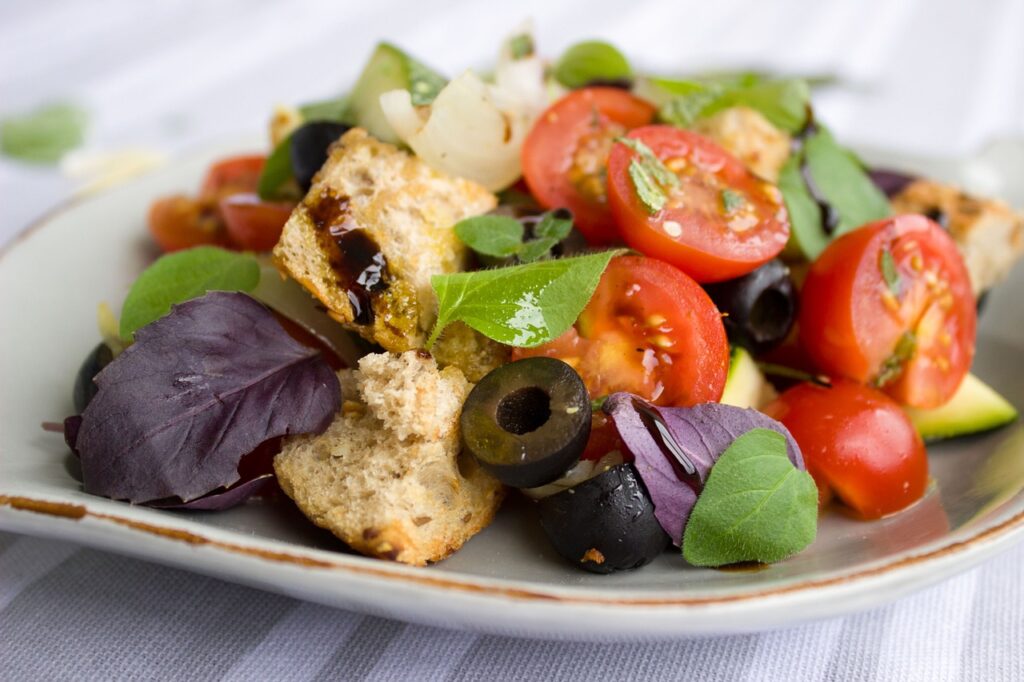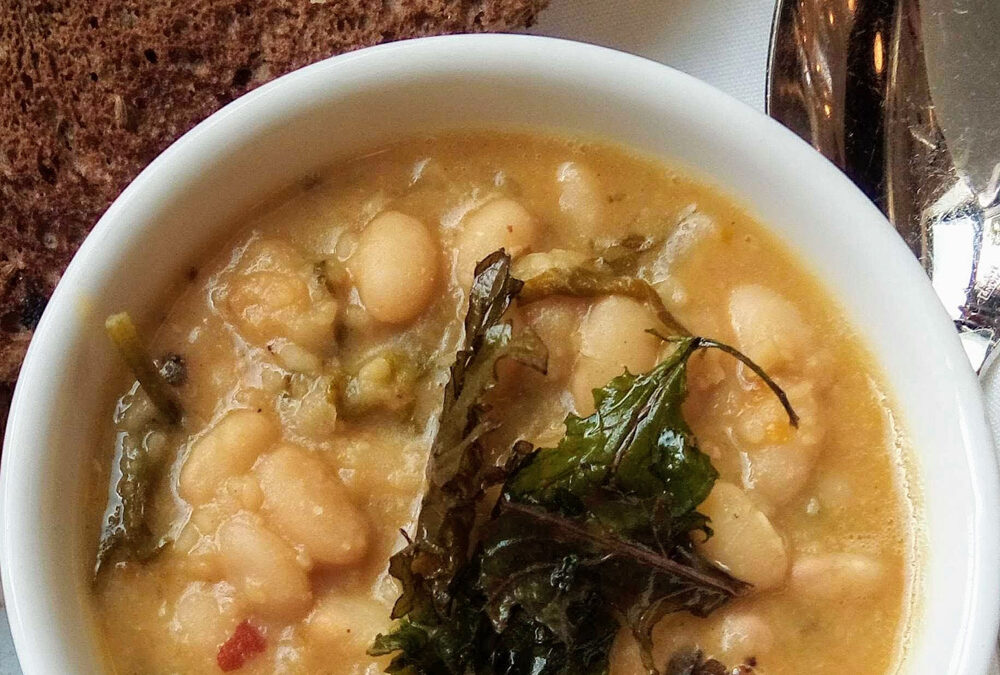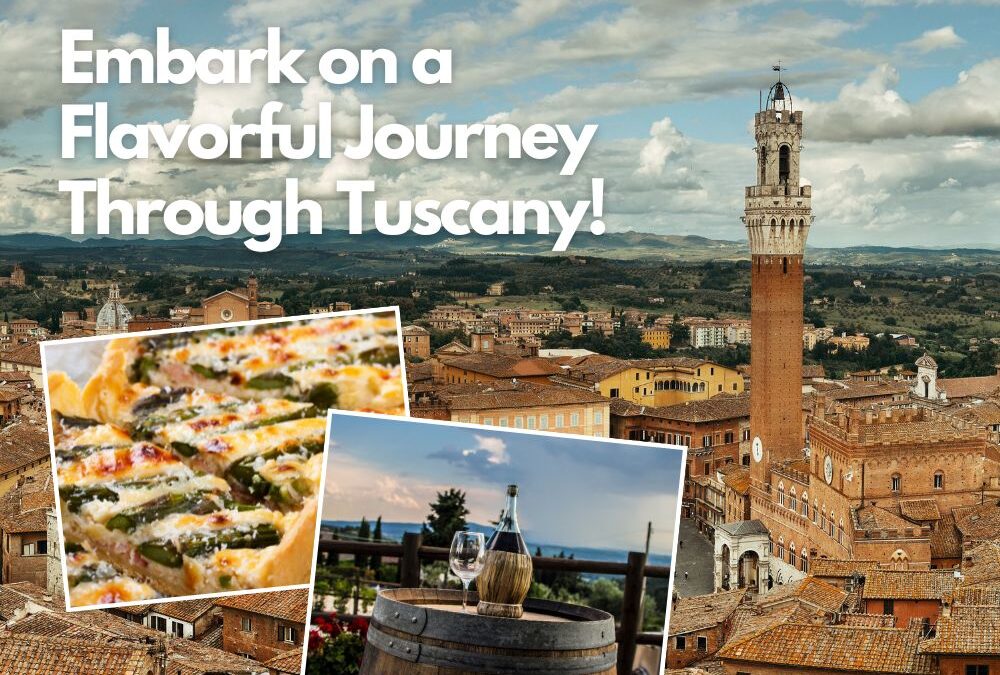
Embark on a Flavorful Journey Through Tuscany!
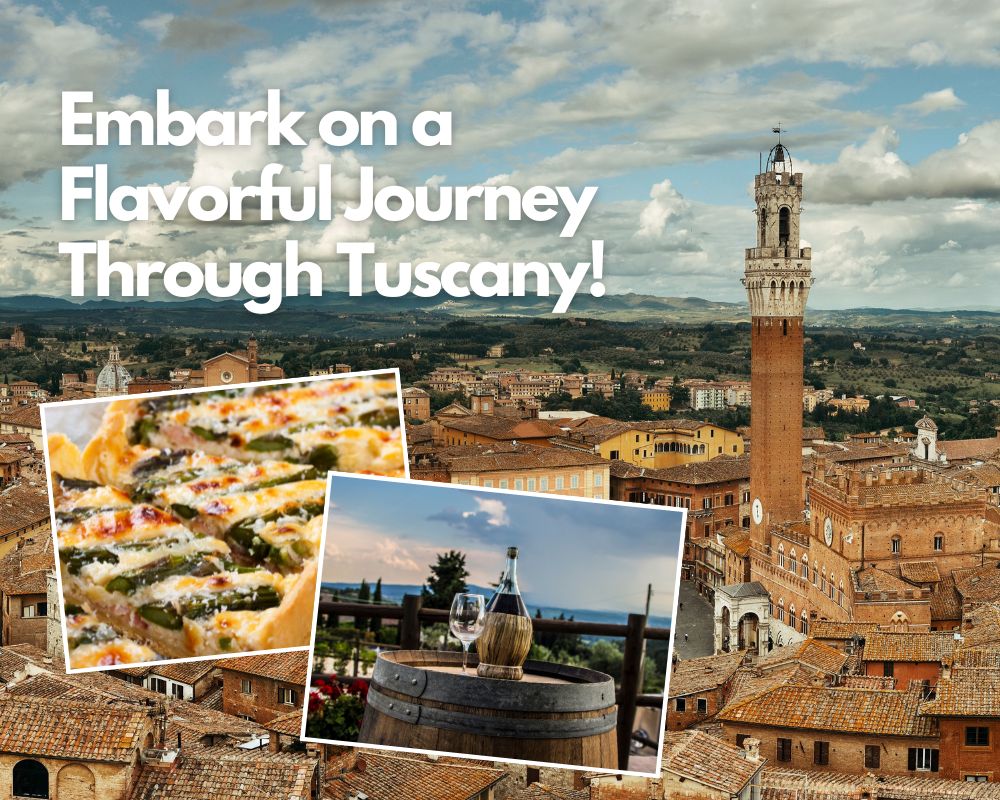
Hello, fellow food enthusiasts! ???? If you’re here, you’re probably daydreaming about the sun-kissed hills of Tuscany, the tantalizing aroma of fresh pasta, and the sound of a cork popping from a bottle of Chianti. Well, fasten your seatbelts because we’re about to embark on a mouth-watering journey through Italy’s culinary heartland! ????????
Sip and Savor in Chianti
Our first stop is the world-renowned vineyards of Chianti. This region is the epitome of picturesque – think rolling hills blanketed with vineyards and olive groves, punctuated by quaint stone villages. But what really puts Chianti on the map is its wine.
Chianti Classico, recognized by its black rooster symbol, is arguably the most famous wine from this region. Made primarily from Sangiovese grapes, it’s known for its tantalizing acidity and tannic structure. A visit to a local winery will not only allow you to sample this ruby-red delight but also learn about the winemaking process – from grape harvesting to fermentation to aging.
But Chianti isn’t just about wine. It’s also home to some incredible food. Try pairing your wine with some local pecorino cheese or wild boar salami – it’s a match made in heaven!

Truffle Hunting in San Miniato
Next up is San Miniato, a charming town nestled between Pisa and Florence. This hilltop gem is famous for one thing – truffles. White truffles to be exact. These ‘diamonds of the kitchen’ are prized for their intense aroma and are worth their weight in gold.
Every November, San Miniato hosts the White Truffle Festival. Here, you can sample everything truffle – from truffle-infused cheese and salami to truffle oil and honey. But the real highlight is the chance to go on a truffle hunt. Led by experienced hunters and their trusty dogs, you’ll venture into the woods in search of these elusive fungi.

Liquid Gold in Lucca
Our journey continues in Lucca, renowned for its exquisite olive oil. Olive oil is a staple in Italian cuisine, and Lucca produces some of the best in the country. The olives are handpicked and cold-pressed on the same day to ensure maximum freshness.
During your visit, you’ll get to tour an olive grove, learn about the oil extraction process, and taste different varieties of olive oil. You’ll be surprised at how different they can be – from grassy and peppery to buttery and mild.

Say Cheese in Pienza
No Tuscan food tour would be complete without cheese! In Pienza, you’ll find pecorino cheese that’s simply to die for. Pecorino is made from sheep’s milk and has a distinctively tangy flavor.
During your visit, you’ll get to tour a local farm, meet the sheep, and see how this beloved cheese is made. And of course, there will be plenty of opportunities for tasting!

Market Magic in Florence
Finally, we land in Florence. This city is famous for its Renaissance art and architecture but venture beyond the tourist trail, and you’ll discover a foodie paradise.
The city is home to numerous markets where locals shop for fresh produce, meat, cheese, and more. The most famous is perhaps Mercato Centrale, located in a beautiful 19th-century building. Here, you can find everything from fresh fruits and vegetables to local cheeses and cured meats.

So there you have it – your ultimate guide to eating your way through Tuscany! Whether you’re sipping wine in Chianti or truffle hunting in San Miniato, one thing’s for sure: your taste buds are in for an unforgettable ride. So why wait? Start planning your Tuscan food adventure today!
Buon viaggio and buon appetito!
